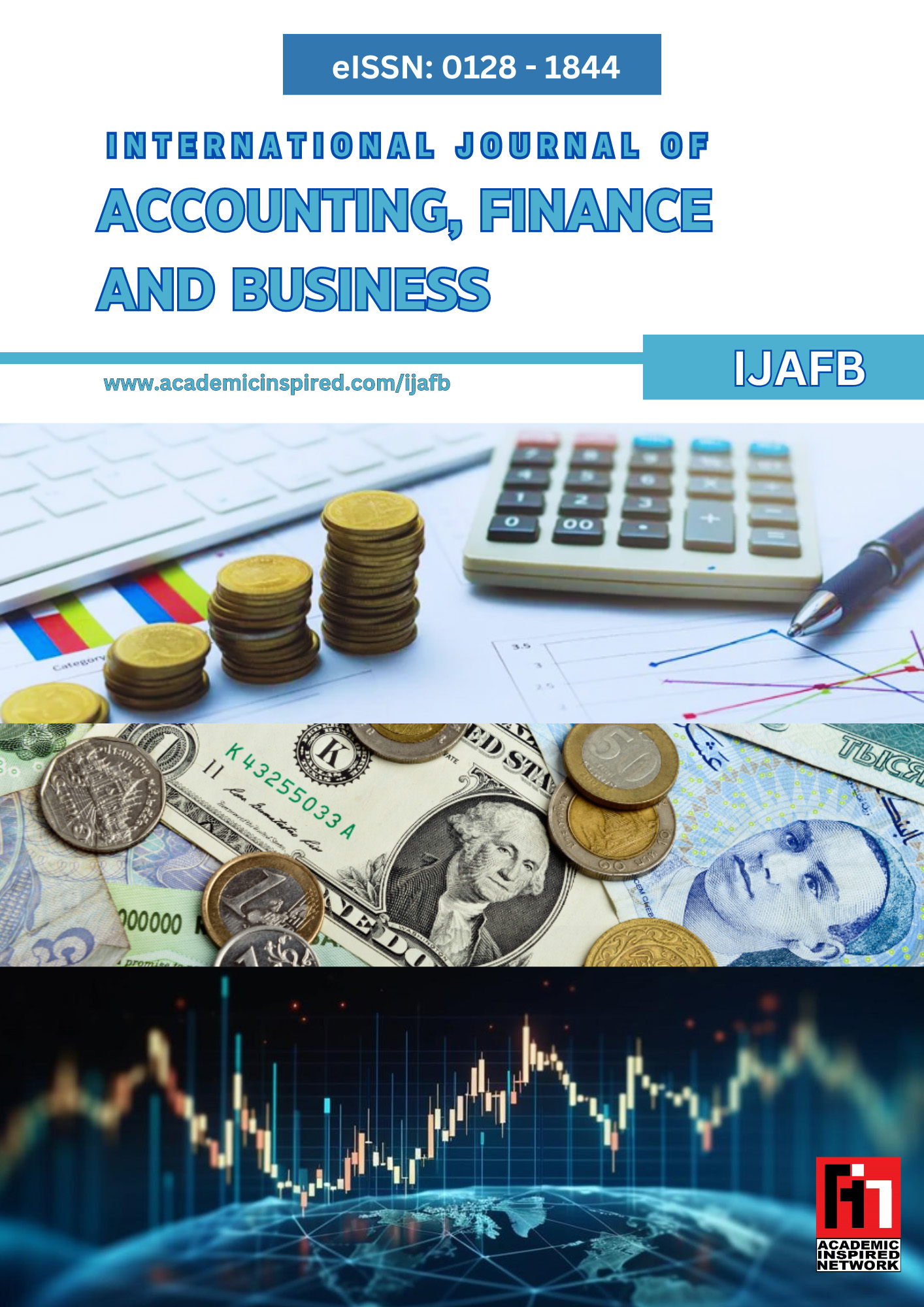From hexagon to horizon: Exploring gaps and future research in fraudulent financial reporting using systematic literature review
Keywords:
fraud hexagon theory, fraudulent financial reporting, , systematic literature reviewAbstract
Financial reporting fraud pose great problem for many organizations, regulators, and shareholders because it threatens the workings of the financial systems and incurs massive losses on them both financially as well as in reputation. Focusing on fraud in its contemporary form of fraudulent financial reporting, is a broader concept that has covered many new obstacles including illegal reporting using traditional schemes such as the Fraud Triangle and the Fraud Diamond. The former includes the Triad comprising of motivation, opportunity, and rationalization, while the latter adds an element of capability as one develops opportunities to commit fraud. Fraud hexagon theory brings in other aspects, in this regard, stressing the importance of collusion as well as more than one person, whether in the organization or external to it, who can work together to commit and hide fraudulent financial activities. This review attempts to holistically analyze the relationship between elements of fraud hexagon theory and the tendency of committing fraudulent financial reporting. The objective is to evaluate literature related to the fraud hexagon theory focus on the causational elements which have impact on the probability of FFR. It was determined that there are different proxies associated with the elements of fraud hexagon theory that have not yielded incoherent results which provide empirical gaps for future research. The article introduces other facets of the pointing such as arrogance and collusion as a behavioral dimension.













